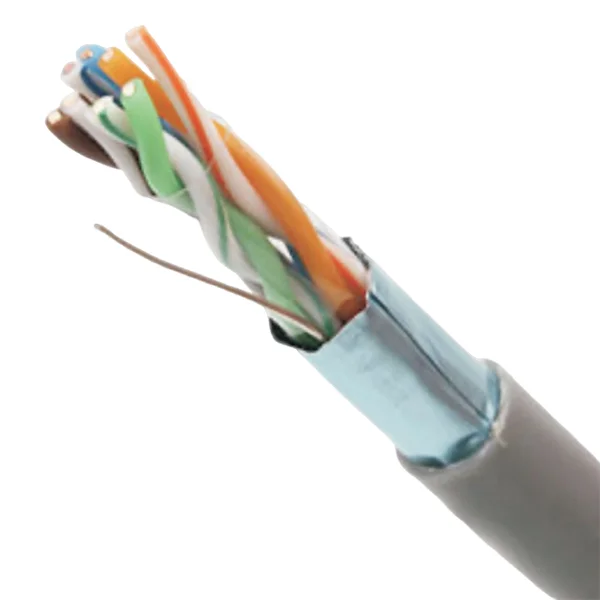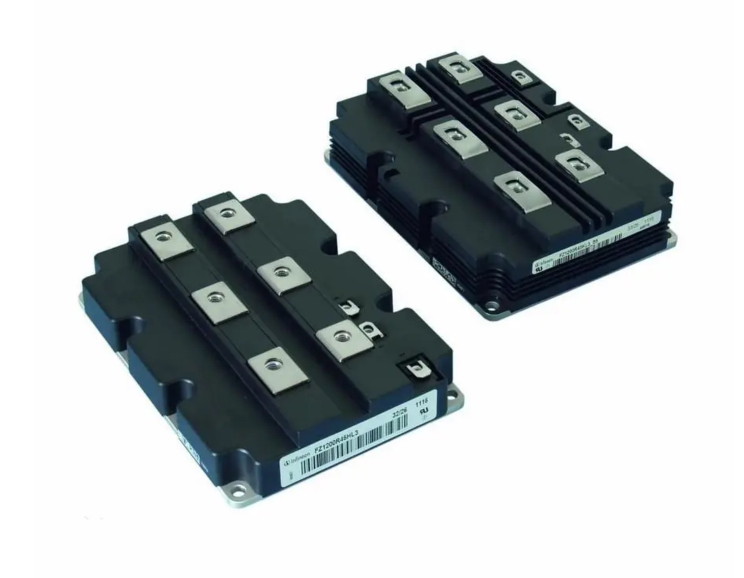DIY Guide: Building a Reliable Relay Circuit at Home for Beginners and Experts
A relay is an electromagnetic switch that allows a low-power signal to control a high-power load. It is essential in various electrical applications, from home automation systems to automotive electronics. Building a relay circuit at home can seem complex, but with the right components, understanding, and tools, it’s a highly achievable and rewarding project. This guide will not only walk you through how to construct a relay circuit from scratch but also provide you with a deeper understanding of the principles behind relay operation, different types of relays, and practical tips for troubleshooting and optimizing your design.
Understanding the Basics of a Relay Circuit
A relay circuit typically consists of three main components: the electromagnet, the contacts, and the armature. Here's a breakdown:
- Electromagnet: When electricity passes through the coil, it generates a magnetic field that activates the relay mechanism.
- Armature: The armature moves when the electromagnet is energized. It can either open or close the switch depending on the relay's design.
- Contacts: These are the conductive parts that either complete or break the circuit when the armature moves. They can be normally open (NO) or normally closed (NC), which means they will either remain open or closed until the relay is activated.
To make a relay circuit, you will need to understand how these components work together, as well as the power requirements of your load.
Essential Components and Tools for Building a Relay Circuit
Before we dive into the actual steps, let's first identify the materials you will need:
- Relay Module: Choose a relay module based on your load’s voltage and current requirements. Popular types include SPDT (Single Pole Double Throw), DPDT (Double Pole Double Throw), and solid-state relays.
- Transistor (Optional): If your relay requires a higher current than your microcontroller or switch can supply, a transistor like the NPN transistor 2N2222 is a good choice.
- Diode: A diode (typically a 1N4007) is necessary to prevent the voltage spike caused by the relay coil when it is de-energized. This is known as back EMF (Electromotive Force).
- Power Source: Choose an appropriate power source for the relay, such as a 5V or 12V DC power supply, depending on the specifications of your relay.
- Breadboard or PCB: For prototyping, use a breadboard. For a more permanent solution, you might want to solder your components onto a printed circuit board (PCB).
- Wires and Connectors: Use jumper wires to make the necessary connections.
- Load (Optional): Depending on your project, this could be an LED, a motor, or even a household appliance.
Having these components on hand will ensure you can proceed with constructing your circuit seamlessly.
Step-by-Step Process: How to Build a Relay Circuit at Home
Now, let’s dive into the actual steps for building a relay circuit at home:
- Prepare Your Relay Module
Start by connecting the relay to a power supply. Relays typically have 5 pins: Common (COM), Normally Open (NO), Normally Closed (NC), Coil + (Vcc), and Coil - (GND). Here’s how to connect them:
- Common (COM): This will be your input for the load you are controlling.
- Normally Open (NO): This is the terminal that will be used to connect the load. When the relay is activated, this terminal will connect to the COM terminal.
- Coil + (Vcc): Connect this pin to the positive terminal of your power supply.
- Coil - (GND): Connect this to the ground of your power supply.
- Connect the Transistor (If Needed)
If your relay requires more current than your microcontroller can supply, use a transistor as a switch. Connect the base of the transistor to the control signal from your microcontroller (or switch), the emitter to ground, and the collector to the coil pin of the relay module.
- Add a Flyback Diode
Next, connect a flyback diode (such as 1N4007) across the relay coil, ensuring the anode is connected to the ground and the cathode to the Vcc. This is to protect your components from the voltage spike that occurs when the relay coil is de-energized.
- Wiring the Load
Now, connect your load (e.g., an LED, motor, or appliance) between the relay’s COM and NO pins. This load will only be powered when the relay is activated.
- Control the Relay
To activate the relay, you can use a microcontroller (like an Arduino or Raspberry Pi) to send a signal to the base of the transistor. Alternatively, if you’re building a more basic circuit, you can use a manual switch to control the relay.
Troubleshooting and Optimizing Your Relay Circuit
Building a reliable relay circuit is all about paying attention to small details and optimizing your design for efficiency and safety.
- Check the Relay’s Voltage Rating
Ensure that the relay you choose is rated for the voltage and current requirements of your load. Using a relay with a lower voltage or current rating than required can cause overheating or circuit failure.
- Test the Diode
Make sure the diode is oriented correctly to prevent back EMF from damaging your components. If your relay is making a buzzing noise or not switching properly, it could be due to incorrect diode placement.
- Use a Flyback Circuit for Higher Loads
If you are using a relay to control high-power devices like motors or appliances, consider adding a flyback circuit to further protect your components from voltage spikes.
- Optimize Your Transistor Choice
If you are using a transistor, select one that can handle the required current and voltage. For example, the 2N2222 is ideal for low-power loads, but for higher loads, you might need something like the TIP120.
Advanced Applications: How to Use Your Relay Circuit
Once you have successfully built and tested your relay circuit, there are numerous applications where you can apply it:
- Home Automation: Control lights, fans, or other household appliances using a microcontroller and relay circuit.
- Car Electronics: Automate switches in your car to control lights, horn, or other electrical systems.
- Robotics: Use relays in robots to control motors, servos, or other high-power components.
- Security Systems: Set up a relay circuit to trigger alarms or control access systems.
Conclusion
Building a relay circuit at home is a fantastic way to explore basic electrical engineering principles and create practical applications. Whether you're a beginner or an experienced builder, this project helps you understand the core principles of electromagnetism, switching, and power management. With the steps outlined in this guide, you should now feel confident in creating your own relay circuit and applying it to various projects.



